
Seafood has received disproportionate attention in media coverage about microplastics, according to a new scientific review.
Evidence has suggested that fish and shellfish are not the main source of human exposure to microplastics despite more than 70% of scientific and media coverage on microplastics in food focusing on seafood.
Researchers from Heriot-Watt University and international partners analysed how plastic contamination in food is studied and reported.
The research revealed that this coverage was contributing to a misperception that eating fish is the biggest risk, which is leading the public to reduce seafood consumption over microplastic exposure concerns.
“In reality, people are far more exposed to microplastics from indoor air and dust,” said Professor Ted Henry, from Heriot-Watt’s School of Energy, Geoscience, Infrastructure and Society. “A previous study reported that the presence of microplastics in mussels collected from the environment was lower than the amount of microplastics that falls on a plate of mussels during dinner time in a typical household.”
The research, published in the journal Environmental Science & Technology Letters, revealed that seafood and fin fish may contribute 1-10 microplastic particles per day, which is consistent with other foods like salt, honey and chicken.
Meanwhile, bottled water is estimated at 10-100 particles per day and exposure from indoor air accounts for 100-1,000 particles per day.
“There is minimal evidence that they pose a health risk,” said Henry. “The evidence we do have indicates that plastic particles readily pass through the digestive tract and exit the body.
“While there are perceptions that toxic substances associated with plastic particles may pose health risks, evidence indicates concentrations are actually exceedingly low compared to other sources of exposure.”
Coverage suggesting the opposite has put some people off consuming seafood altogether and Henry explained that “it’s important to put seafood into context” as it brings “significant health benefits”.
“There are gaps in knowledge about exposure levels and understanding of health impacts, but the public is not served by alarmist headlines that are not evidence based,” said Henry.





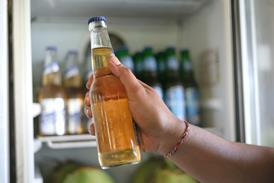
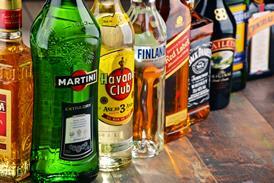
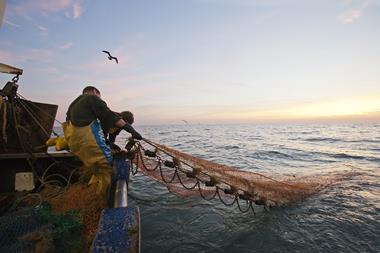
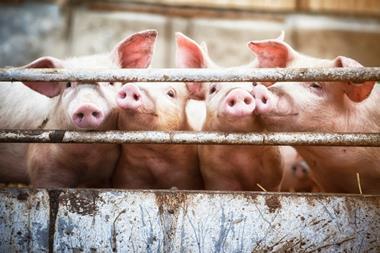






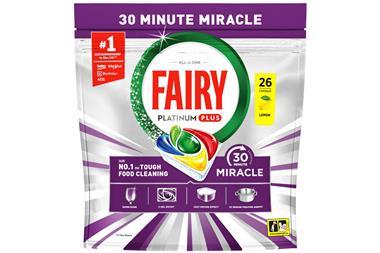



No comments yet